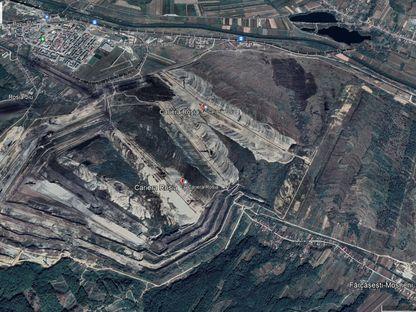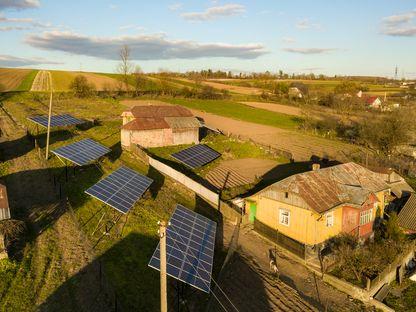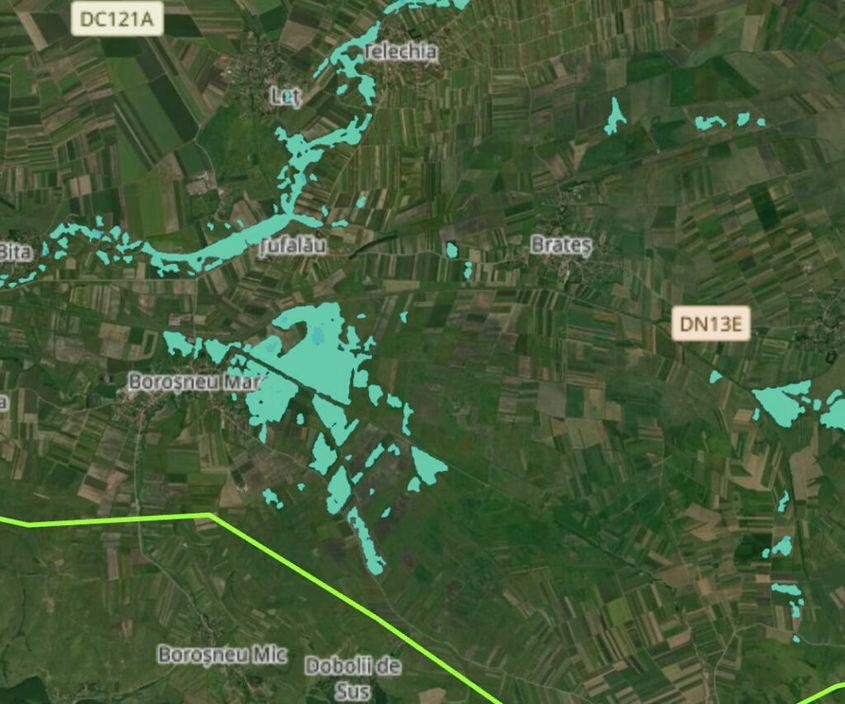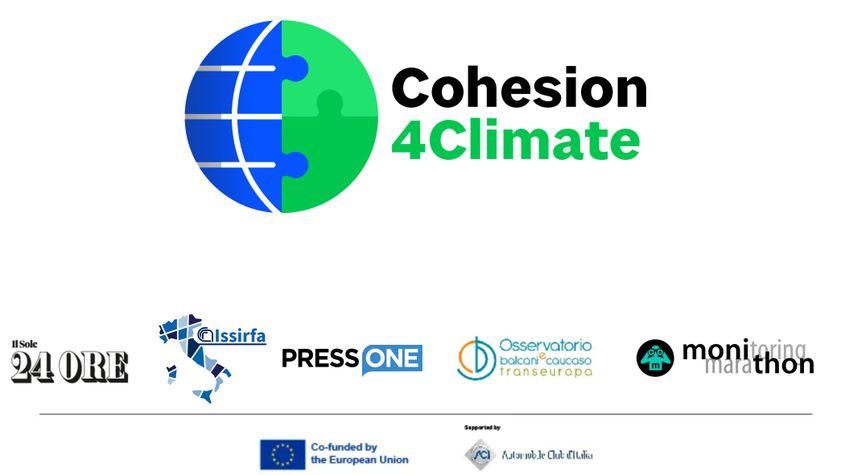Imagini din satul Băcel, care se afla în zona afectată de inundații din județul Covasna Foto: Inquam Photos / Ovidiu Micsik
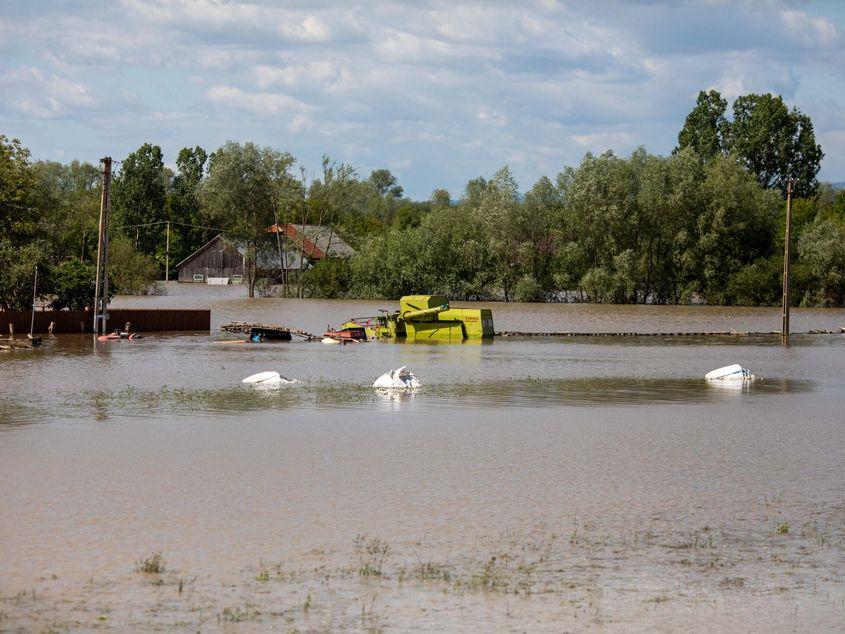
Imagini din satul Băcel, care se afla în zona afectată de inundații din județul Covasna Foto: Inquam Photos / Ovidiu Micsik
10/06/2025
Romania has over 250 million euros available for flood risk reduction, but authorities have not submitted any projects
- The scale of the floods in Covasna and Harghita was influenced both by climate change and by the lack of long-term interventions from the state, explain experts consulted by PressOne.
- Authorities tend to act reactively, patching things up where needed, but nature-based measures are necessary—ones that are beneficial both in cases of flooding and drought, they say.
- To this end, Romania has more than 250 million euros in European funds at its disposal. The money has already been allocated, but authorities have yet to submit a single project.
Several localities in Harghita and Covasna have been severely affected by floods caused by heavy rainfall over a short period of time. Hundreds of homes were evacuated, multiple agricultural lands were flooded in an effort to prevent more serious damage, and the Praid Salt Mine is completely closed due to infiltration caused by the record flow of the Corund stream, which could lead to the collpse of the roof.
This is not the first time floods of such magnitude have occurred in the area. 2010, 2016, and 2018 are just some of the years in which towns along the Olt River were flooded. What has changed during all this time, especially given that Romania has benefited—and continues to benefit—from European funds aimed at reducing the effects of climate change? And how should the state approach the issue to prevent such situations? PressOne spoke with Camelia Ionescu, national manager in the freshwater department at WWF, and Raluca Dan, senior project manager in the Climate & Energy department at WWF.
PressOne: What were the factors that led to the recent floods in Harghita and Covasna counties? Were their scale and impact due to climate change, or rather to the fact that authorities did nothing to reduce the flood risk?
Camelia Ionescu, WWF: I believe both are true—they cannot be separated, and that is the central issue when we talk about adapting to climate change. Romania does not have preventive measures in place to deal with the effects of climate change- droughts or floods. This was evident last year, it's also visible now, and we see it every summer when we read news about severe droughts affecting agriculture, but also other economic sectors like navigation.
Floods in Covasna are even visible in satellite images. Hundreds of people were evacuated from the villages of Băcel and Lunca Mărcușului following the flash floods. Foto: Copernicus Mapping Emergency
This is a problem Romania should take seriously, including from the perspective of prevention. We need to develop a long-term program that takes into account all the effects of climate change and implements measures with multiple benefits, without harming other ecosystems or economic sectors.
What should this action plan look like, and how aware is the Romanian state of the problems it faces due to the effects of climate change?
Camelia Ionescu: Part of the state knows, another part of the state does not. The part that doesn’t know is the one deciding the funding and budgets that should be allocated for such measures. It’s also the part of the state that does not collaborate or cooperate with other parts of the state.
The solutions exist, they have been discussed by the part of the state that understands the problems. There is debate, there are measures, there are strategies—but they need to be funded.
Mulți ne citesc, puțini ne susțin. Fără ajutorul tău, nu putem continua să scriem astfel de articole. Cu doar 5 euro pe lună ne poți ajuta mai mult decât crezi și poți face diferența chiar acum!
The next step would be to actually give funding to the measures that provide multiple benefits and that could help both in case of floods and droughts. As a nature conservation organization, along with other institutions, we believe that nature-based solutions are the ones that could deliver these multiple benefits and should be significantly prioritized in management plans, which should then be properly financed.
What do nature-based solutions mean? „More room for rivers” , achieved through measures adapted to the area’s specific context, such as the restoration of floodplains: „one of the fundamental functions of floodplains is to absorb and retain water during flash floods, reducing flood risk, and then gradually releasing it—thus helping to compensate for drought periods.” (WWF press release)
Are such nature-based measures included in the national flood risk management plan? Do you believe these measures are taken into account by the authorities when they act to reduce flood risk?
Camelia Ionescu: Some of these measures were included. This plan was finalized two years ago. However, it is not funded. The available funding is extremely limited, and everyone is expecting that these measures, which have been discussed and supported by the public, will receive financial backing from the state as well as access to European funds, for example.
There were also discussions when the NRRP (National Recovery and Resilience Plan) was being developed to include these measures as part of the European money allocations; the same thing happened with other operational programs.
Coal Mining Expansion Leads to Deforestation: Over 470 Hectares of Forest Cut Down in Gorj, Romania
Over the past six years, more than 470 hectares of national forest land have been allocated by the government, without compensation, to the Oltenia Energy Complex (CEO) for the expansion or opening of new coal mines.
The not-so-green Romania. The state delays settlements for photovoltaic panels by 2 years
PressOne reviews the main dysfunctions in the production, consumption and distribution of energy from renewable sources, as revealed by discussions with consumers and data provided by official sources at the request of our editorial office.
PressOne has already shown how Romania lost a €160 million natural restoration project for the Danube Floodplain, funded through the NRRP.
So currently, at the national level, Romania has a flood risk management plan that includes nature-based solutions—but with no allocated funds for implementation?
Camelia Ionescu: The available funding sources are very limited, and measures like these have not been included in the list of authorities' priorities, which would have been needed for the projects to be prepared and then implemented.
Un newsletter pentru cititori curioși și inteligenți.
Sunt curios
So, essentially, in the two years since the flood risk management plan was created, there has been a lot of talk about reinforcing dams and dikes, which are good measures, but belong to the old, traditional category.
Now it's time to think of innovative measures, those that could bring multiple benefits and are, in a way, officially included in these management plans. However, the preparation of such projects is significantly delayed—there is not much willingness on the part of authorities to implement them.
If we look specifically at the cases in Covasna and Harghita, what should have happened in these two counties by May 2025 in order to reduce the flood risk?
Camelia Ionescu: Based on the flood risk management plans that cover the Olt basin, I trust that studies were conducted and appropriate measures identified to reduce these risks and have them implemented. Indeed, within two years, I’m not sure there would have been enough time to implement measures right after the plan was approved.
Before this flood risk management plan was finalized, how did the state approach the issue of high-risk flood zones? Because at the European level, the Floods Directive has been in place since 2007, and Romania transposed it into national legislation. Yet this current plan has only existed for two years and hasn’t been implemented yet. What happened during that interval?
Camelia Ionescu: There was indeed another plan during the first cycle of implementation of this directive, but it was not designed as comprehensively and rigorously as the current one. Therefore, public expectations are higher now, especially since international experts contributed to this current plan, and its development was coordinated by the World Bank.
But how would you assess the authorities' efforts to reduce flood risks? Are we talking about measures with long-term effects, or is the state mostly patching things up and intervening only when, for instance, a dike breaks?
Camelia Ionescu: Unfortunately, that's exactly what's happening. It’s quite reactive to events, and even though climate change adaptation plans exist and are meant to be long-term, their implementation is delayed.
Regarding funding sources, Romania has had access, through the cohesion policy, to funds for flood risk reduction. How do you think the state has performed in attracting European funds?
Camelia Ionescu: There was very limited action taken. Serious funding is needed, not just to reduce the effects caused by floods, but to reduce the effects of climate change overall. This would be a much more cost-effective approach, since some measures and projects would address multiple dimensions, from the effects of floods to those of drought.
Raluca Dan, WWF: „The money has been allocated, but no projects have been submitted yet.”
Where was the problem: Were the funds insufficient, or was there a lack of political will from the Romanian state to access those European funds?
Camelia Ionescu: Both. The European funds are not sufficient for the magnitude of the problem, so contributions from the state budget are also needed to implement such measures.
The value of the funds allocated for projects to reduce the effects of climate change could have been much higher if there had been more mature projects ready to go. That is, if the state or government had shown more interest in preparing such projects.
Raluca Dan (Senior Project Manager, Climate & Energy department): European funds were allocated, but they came for green measures and nature-based infrastructure, mainly starting with POIM (Operational Program for Large Infrastructure, 2014–2020). Now, in the new program—the Sustainable Development Program, for the 2021–2027 period (extendable to 2029)—around 255 million euros have been allocated for flood and drought-related projects.
Is that enough?
Raluca Dan: From our point of view, no, because the problems are much bigger. Moreover, these funds haven’t even started to be drawn yet. The money has been allocated, but no projects have been submitted. And here, part of the problem is also the state’s limited capacity. Since this is a more complex approach, environmental authorities and the program’s management authority are still in the preparatory phase.
The European Commission also encourages the implementation of nature-based measures, but it requires a process—and it will take time before we actually see these projects implemented.
Were there European funds left unused by authorities during all three cycles of the cohesion policy funding?
Raluca Dan: For example, what was allocated through POIM was phased and carried over into the current Sustainable Development Program (unfinished projects from the previous cycle were transferred to the new funding period). So, there are still projects receiving funding, but in phases. The root cause is, again, the authorities’ requests for more time to implement such projects.
Given that projects have been carried over from one financial period to another due to long implementation times, is it an exaggeration to say that after 18 years of European funding, the Romanian state still has limited capacity to invest in reducing flood risk using those funds?
Camelia Ionescu: No, it’s not an exaggeration. Yes, the Romanian state should have been capable of doing this by now. On one hand, it needs to increase its internal capacity, meaning experts who can develop and manage these projects. On the other hand, it’s also about cooperating with other sectors of society, like NGOs. Having a dialogue with the authorities has also been difficult in this area.
The idea is that we can implement these projects together—by building capacity and creating a dialogue between authorities, civil society, and the private sector.
Raluca Dan: I would also add that it’s not enough to have these measures prioritized or to have allocated funds. For nature-based measures, expertise is also needed.
We’ve been very involved in developing and designing these programs—both in POIM and the Sustainable Development Program—and over the years we’ve managed to convince the authorities that nature-based solutions are very important and must be prioritized. But the next step is the most important: implementing them. And that’s where the greatest effort must go.
Why do you think authorities are dragging their feet when it comes to flood risk management?
Camelia Ionescu: The national-level political message is very important—encouraging and accelerating the preparation and implementation of such measures.
We’ve had, and will continue to have, floods and droughts. What matters is how we prepare and mobilize so we’re not severely affected. The costs of inaction are often higher than the costs of implementing a project with such measures.
It’s better to accelerate now and do something, otherwise it will end up costing more in the form of compensation and emergency interventions due to flood and drought episodes.
This is not the first time that localities in Covasna and Harghita counties have experienced floods. Have you seen improvements after each such episode?
Camelia Ionescu: We’ve seen improvements mostly in public discourse. There’s increasing talk about these multi-benefit measures—a combination of interventions adapted to a variety of climate-related and local, social problems.
There is a trend: authorities are beginning to understand that such measures are useful. The remaining problem is implementation—implementation on a large enough scale to be visible and have real impact.
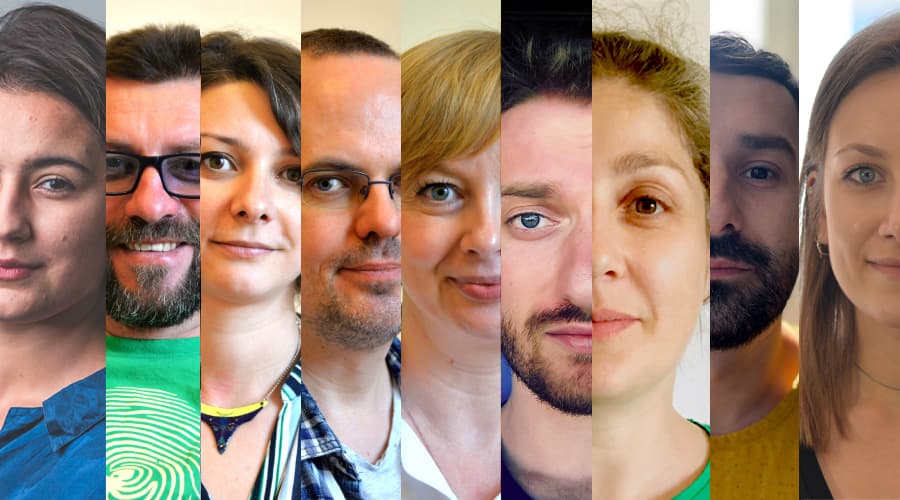
Avem nevoie de ajutorul tău!
Mulți ne citesc, puțini ne susțin. Asta e realitatea. Dar jurnalismul independent și de serviciu public nu se face cu aer, nici cu încurajări, și mai ales nici cu bani de la partide, politicieni sau industriile care creează dependență. Se face, în primul rând, cu bani de la cititori, adică de cei care sunt informați corect, cu mari eforturi, de puținii jurnaliști corecți care au mai rămas în România.
De aceea, este vital pentru noi să fim susținuți de cititorii noștri.
Dacă ne susții cu o sumă mică pe lună sau prin redirecționarea a 3.5% din impozitul tău pe venit, noi vom putea să-ți oferim în continuare jurnalism independent, onest, care merge în profunzime, să ne continuăm lupta contra corupției, plagiatelor, dezinformării, poluării, să facem reportaje imersive despre România reală și să scriem despre oamenii care o transformă în bine. Să dăm zgomotul la o parte și să-ți arătăm ce merită cu adevărat știut din ce se întâmplă în jur.
Ne poți ajuta chiar acum. Orice sumă contează, dar faptul că devii și rămâi abonat PressOne face toată diferența. Poți folosi direct caseta de mai jos sau accesa pagina Susține pentru alte modalități în care ne poți sprijini.
Vrei să ne ajuți? Orice sumă contează.
Share this



